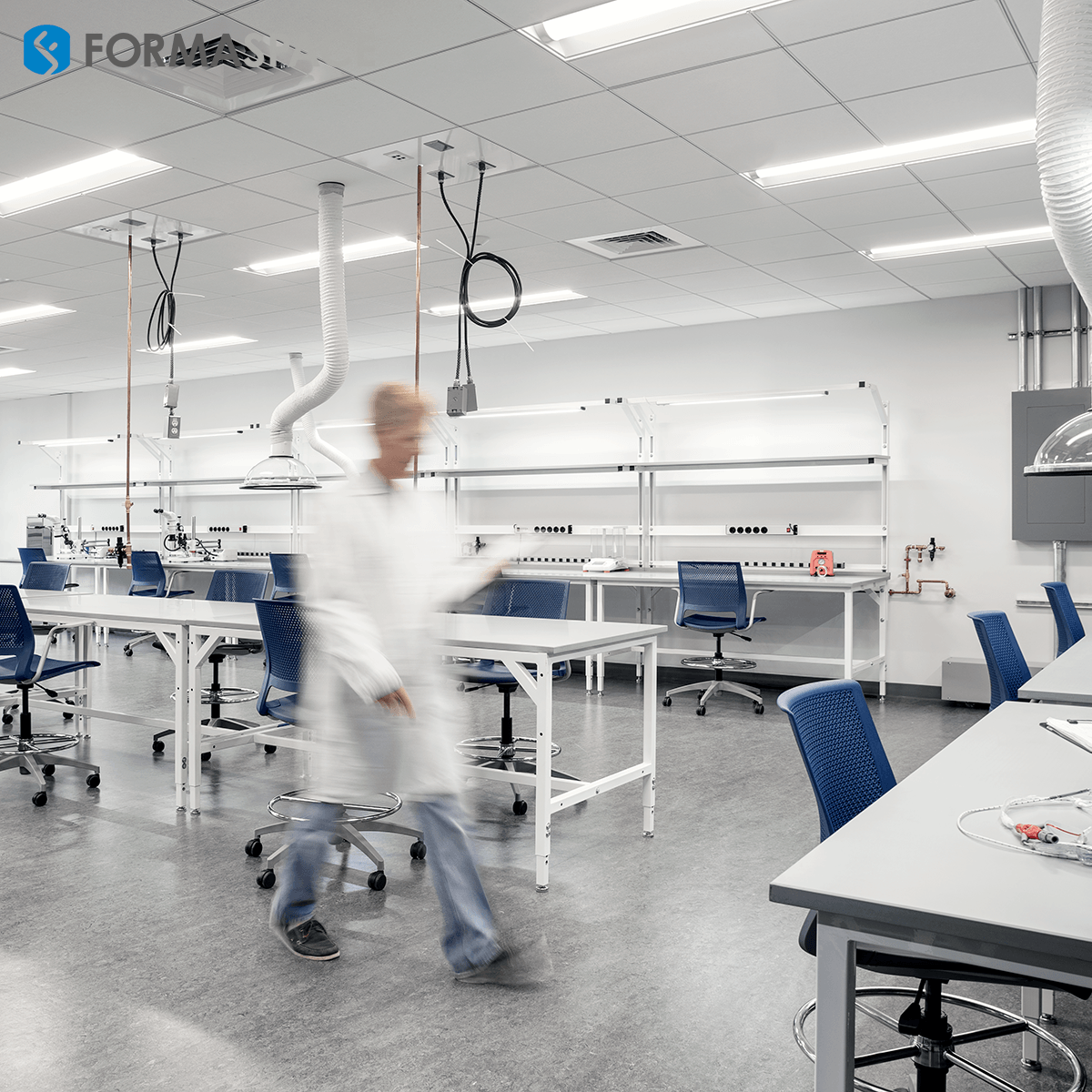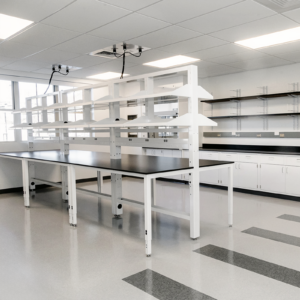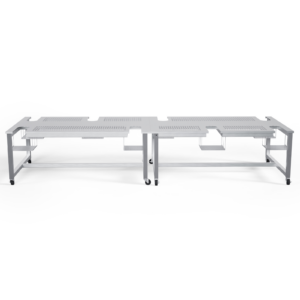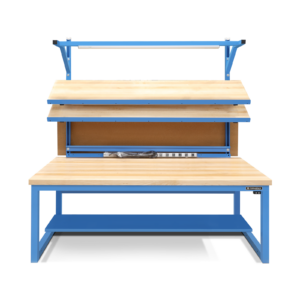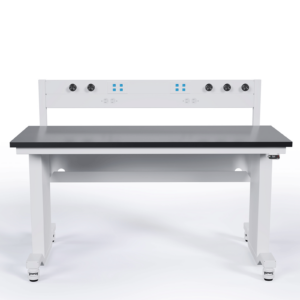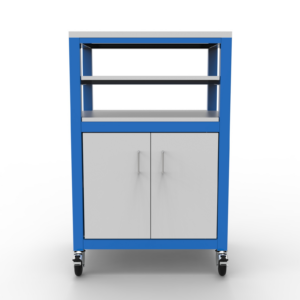Given the urgent demands for mitigating climate change, what’s the right course of action for climate research laboratories? Should we undertake major geoengineering projects to change the weather? Could we, for example, refreeze the Polar Regions, as researchers at the Cambridge Center for Climate Study suggest?
Young climate change activist Greta Thunberg’s recent “carbon neutral” sailing voyage from Europe to the United Nations in New York City has inspired lab scientists to consider whether they too should curtail air travel to conferences, or at the very least find ways to offset the carbon pollution from air travel.
To better understand the research taking place, we take a look at some of the new lab discoveries in three of the most important areas affecting climate change – Food, Forests, and Fuel – to see what can be done to slow down these unwelcome changes to our environment.
1. Food: Research Laboratories Taking a Lead Role in Sustainable Food Production
Why focus on food?
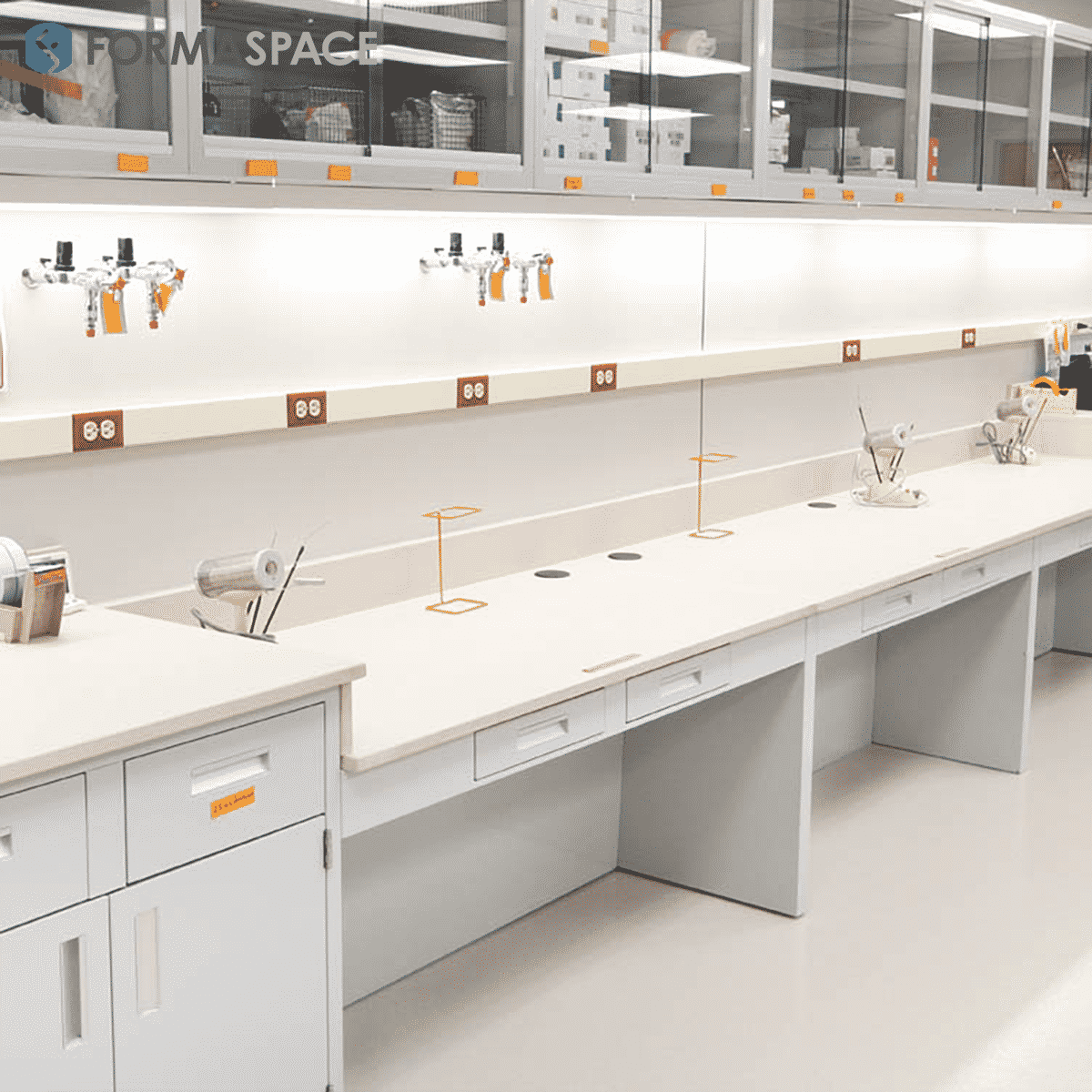
The answer is straightforward: our growing demand for food, especially those resource-intensive foodstuffs at the top of the food chain, e.g. meat and fish, may not be sustainable.
As rising incomes across the globe have encouraged once impoverished populations to adopt ‘western-style’ diets that are rich in animal protein derived from livestock, such as cows and pigs.
These dietary changes may spell trouble for the planet. Industrial-scale meat production places disproportionate pressure on forest land and water resources, while cattle, in particular, generate methane greenhouse gases at rates that may not be sustainable.
Vanderbilt University Professor Amanda Little, writing in her new book The Fate of Food, warns that the challenges of drought, flooding, and shifting seasons could lead to the return of widespread, full-blown famines if we don’t undertake changes now.
In the video above, modern farming methods, such as vertical, hydroponic growing techniques and precise computer water management systems can make growing food more efficient while taking up less space.
Another solution may come from laboratory research by food scientists, who are creating environmentally-friendly food alternatives, such as those from Beyond Meat, whose lab produced “meat” products are now available in the US at Burger King and will soon be coming to China as well.
2. Forests: Research Shows that Trees and Other Carbon Hungry Plants Help Slow the Effects of Climate Change
Climate researchers maintain that proper land use is one of the most critical factors in mitigating climate change.
But why are forests so critical?
Scientists writing in the 2019 United Nations IPPC Special Report on Climate Change and Land (Use) maintain that trees are one of the most productive, natural ways to absorb carbon and emissions and help reduce the severity of climate change.
Yet, as recent satellite imagery of the Amazon rainforest shows, many of these critical forest habitats are under attack, as, for example, Brazilian farmers seek to burn down Amazon rainforest lands for cattle production, or growing crops such as soybeans.
That’s why planting trees is so important — as well as protecting the ones we have.
Engineers working in the labs of BioCarbon Engineering have developed a drone-based system capable of planting new tree seedlings from the air. Their pilot project is to help replace mangrove forests that have been lost in Myanmar – forests that once captured 24 million tons of CO2 emissions each year.
While we typically think of ‘forests’ on land, undersea forests of seaweed and other plant life are also capable of capturing vast amounts of carbon that would otherwise find its way to the upper atmosphere.
Other ideas in development in the lab include:
- Researchers are investigating if ‘fertilizing’ the ocean’s surface-based plant life with nutrients, such as iron, could help encourage these floating ‘forests’ to increase their carbon capture capability.
- Lab researchers are developing new strains of algae and bacteria that ‘eat’ carbon dioxide emissions and convert them into useful by-products.
Do you have an idea to address climate change? Y Combinator, the famous Silicon Valley startup, is soliciting new ideas from inventors.

NOAA Research Laboratories Studying the Effects of Climate Change
| Atlantic Oceanographic and Meteorological Laboratory (AOML) – Miami, FL |
| Air Resources Laboratory (ARL) – Silver Spring, MD |
| Earth System Research Laboratory (ESRL) – Boulder, CO |
| Geophysical Fluid Dynamics Laboratory (GFDL) – Princeton, NJ |
| Great Lakes Environmental Research Laboratory (GLERL) – Ann Arbor, MI |
| National Severe Storms Laboratory (NSSL) – Norman, OK |
| Pacific Marine Environmental Laboratory (PMEL) – Seattle, WA and Newport, OR |
3. Fuel: Developing New Energy Sources and Conservation Measures to Reduce Greenhouse Gas-Emitting Fossil Fuels
Fossil fuels helped power the industrial revolution that created our modern world.
But can we develop and implement new fuel technologies in time, before changes to our environment become irreversible?
Researchers around the world are investigating new ways to create alternative energy solutions, conserve fuel, and extract excess carbon from the atmosphere – in what some estimate will become a trillion-dollar industry.
Here are some of the latest innovations, straight from the laboratory:
- Agrivoltaics (also known as solar sharing) is a promising new approach that solves two problems at once. Researchers at the University of Arizona are investigating how to integrate vegetable farms into solar sites, which would double the land-use efficiency. Solar panels provide shade for crops, while the plants’ natural respiration helps cool the solar panels, allowing them to operate more efficiently.
- Reports from the International Energy Agency (IEA) conclude that buildings and the building industry are responsible for 36% of global energy consumption and nearly 40% of C02 emissions. In response, an increasing number of newly constructed buildings are designed with climate change in mind, including new “Net Positive” structures which produce more energy than they use. Norway, and in particular the city of Gothenburg, home to youth environmental activist Greta Thunberg, are leading the world in building sustainability research. The new Naturalis Biodiversity Building is a prime example.
- Air conditioners consume a disproportionate amount of energy, and their use is rising around the world (as incomes and temperatures rise). Yet thermodynamic engineers point out that modern air conditioners are relatively inefficient (at 14%) compared to other electric devices, such as LED lights and solar panels (70% and 40%, respectively). One company, Phononic, has created a new air conditioning technology that not only eliminates the need for coils and evaporators – indeed it eliminates all moving parts – while increasing the cooling efficiency by 40% compared to conventional AC systems.
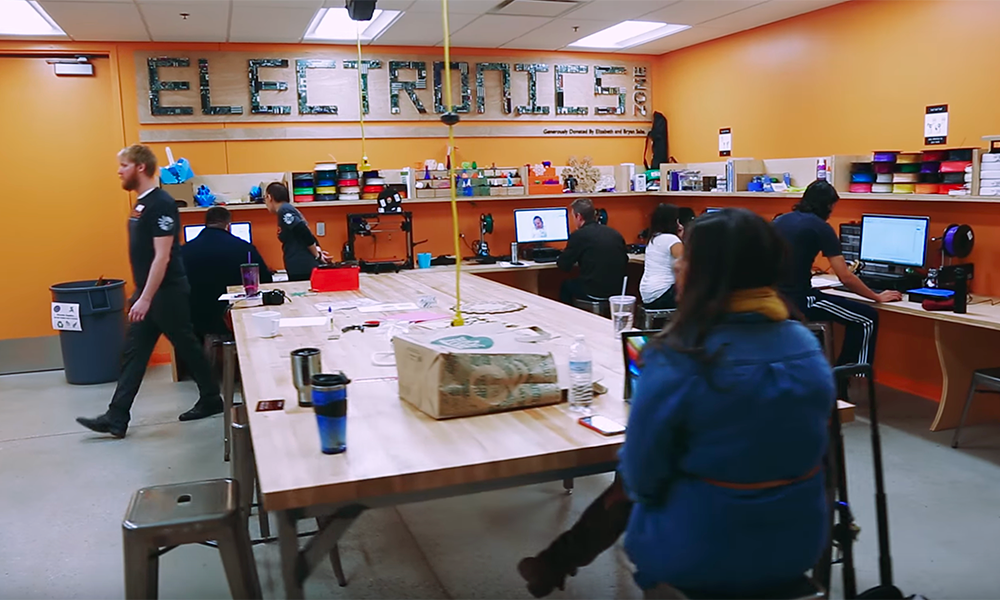
Make Your Laboratory More Sustainable with Formaspace
Are you doing all you can to make your laboratory more energy efficient?
Climate researchers are taking a second look at their own energy consumption.
Lab managers at research facilities and educational institutions are also taking a fresh look at ways to improve the energy efficiency of their facilities, while also reducing the amount of water used and waste created.
According to a recent interview of Allison Paradise, founder of My Green Lab, “Research labs consume 10 times more energy and at least four times more water [per unit area] than office spaces.”
Labs at leading educational facilities are also taking up the My Green Lab challenge of reducing energy use and conserving resources, including Yale University, MIT, and the University of Colorado at Boulder.
When it comes to creating a more efficient, sustainable lab environment, Formaspace can help.
Want to learn more?
Your Formaspace Design Consultant is just a phone call away. Find out how Formaspace can work together with you to build custom, made-in-America solutions for your new lab construction projects, lab renovation and upgrade programs, and more.
Make the call today. You’ll be glad you did.



